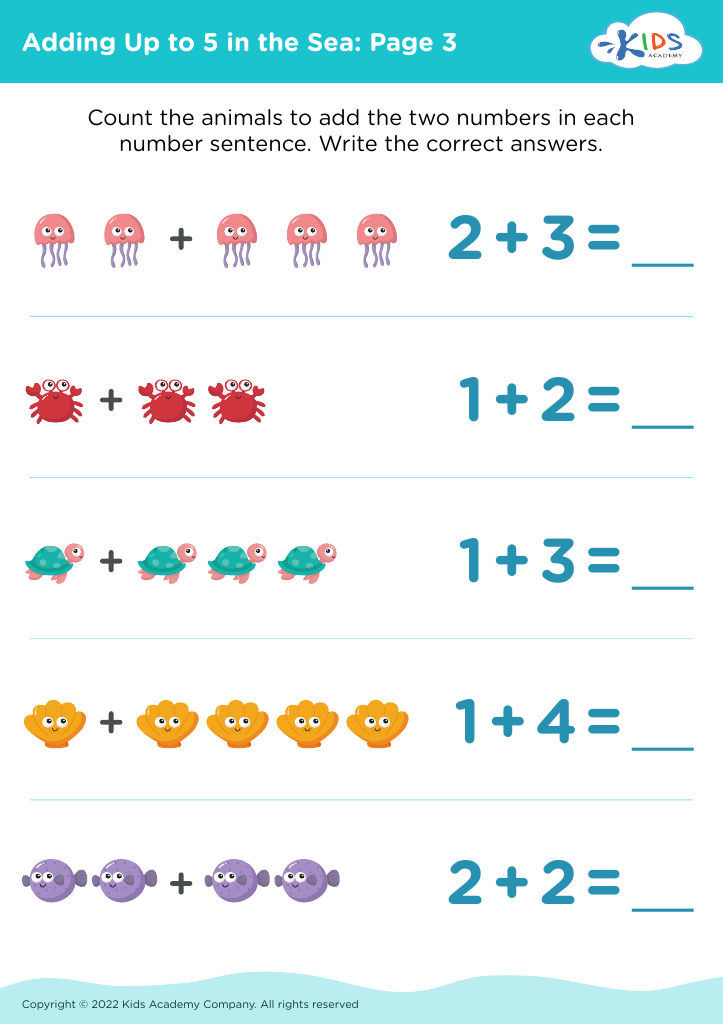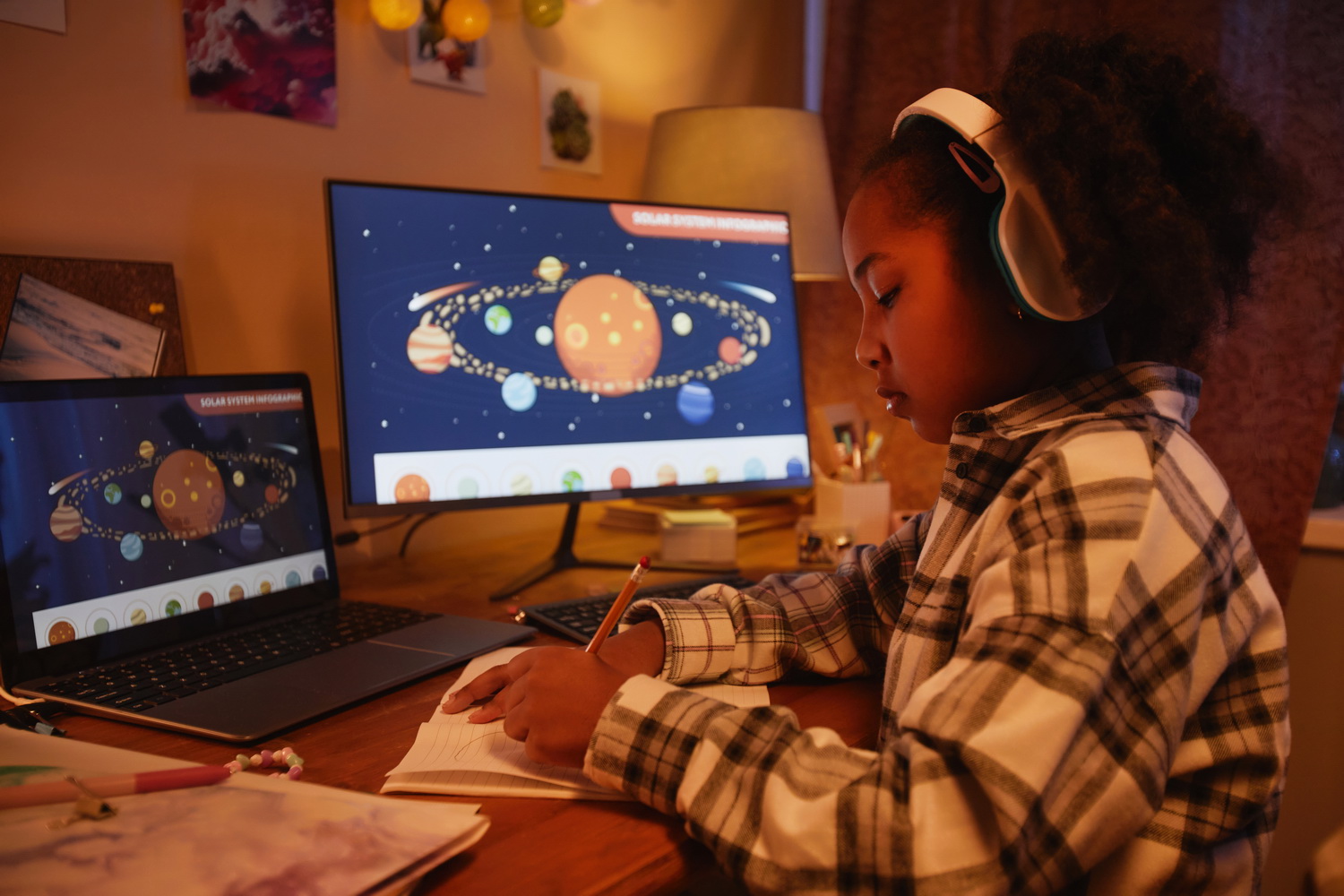Fine motor skills (drawing) Worksheets for Ages 3-6
7 filtered results
-
From - To
Enhance your child’s fine motor skills with our engaging drawing worksheets designed for ages 3-6! These interactive resources encourage creativity while developing essential hand-eye coordination and dexterity. Each worksheet features fun themes and activities that inspire young learners to practice grasping, drawing, and coloring. Our carefully crafted exercises help children improve their grip and precision, setting a strong foundation for writing and other essential tasks. Perfect for home or classroom use, these worksheets support early development in a playful and enjoyable way. Watch your child's confidence grow as they master each activity, paving the way for future learning success.
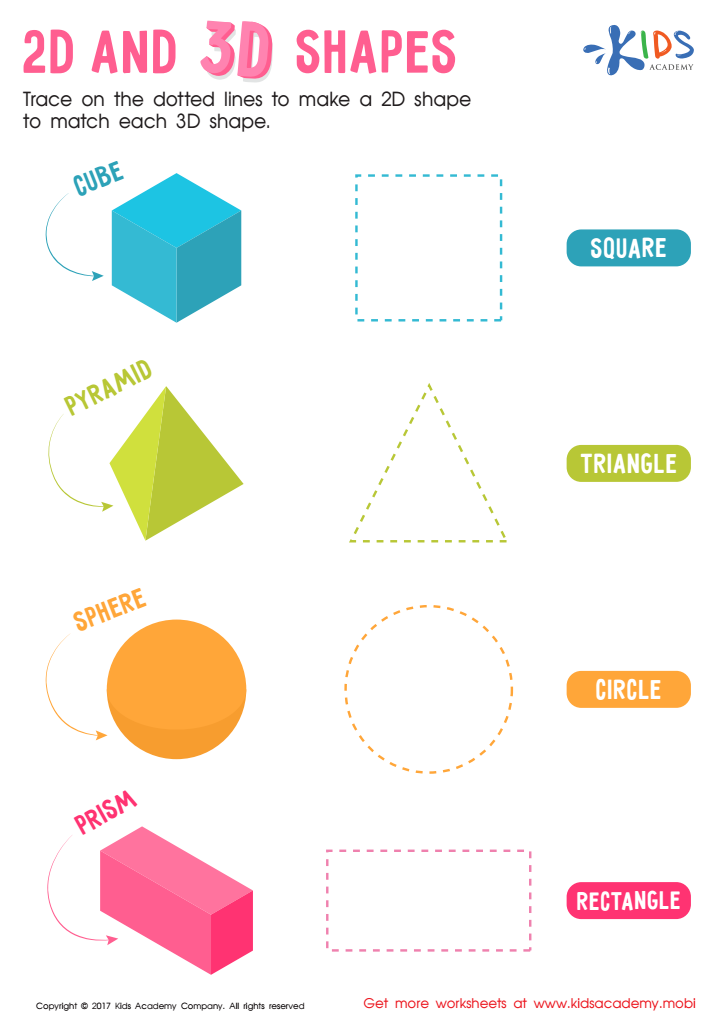

2D and 3D Shapes Worksheet
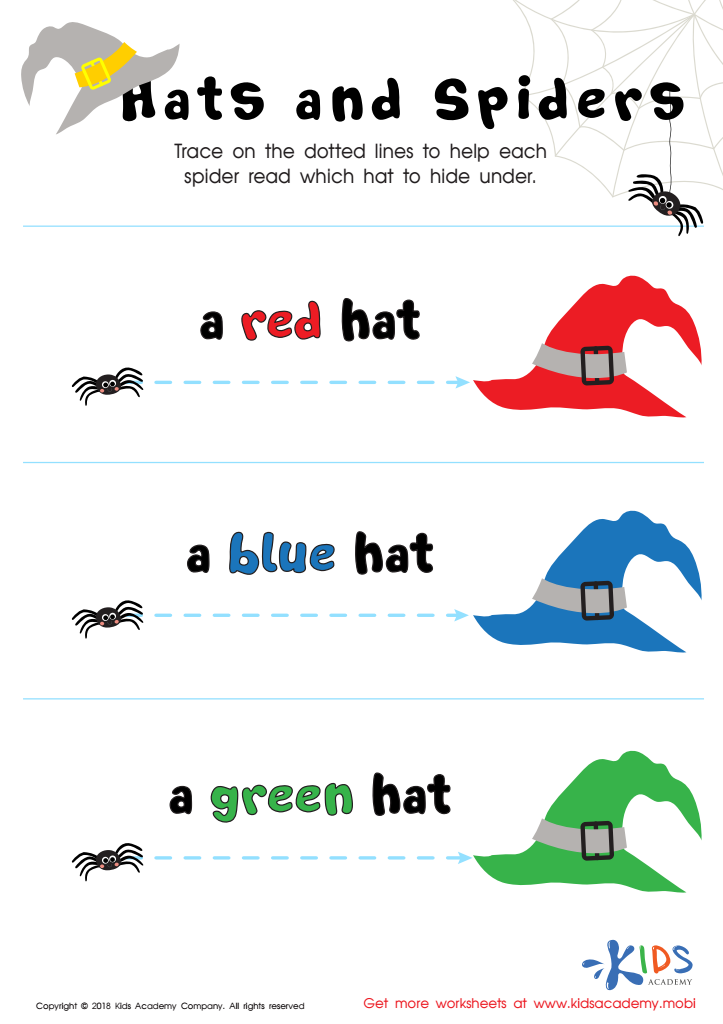

Read from Left to Right: Hats and Spiders Worksheet
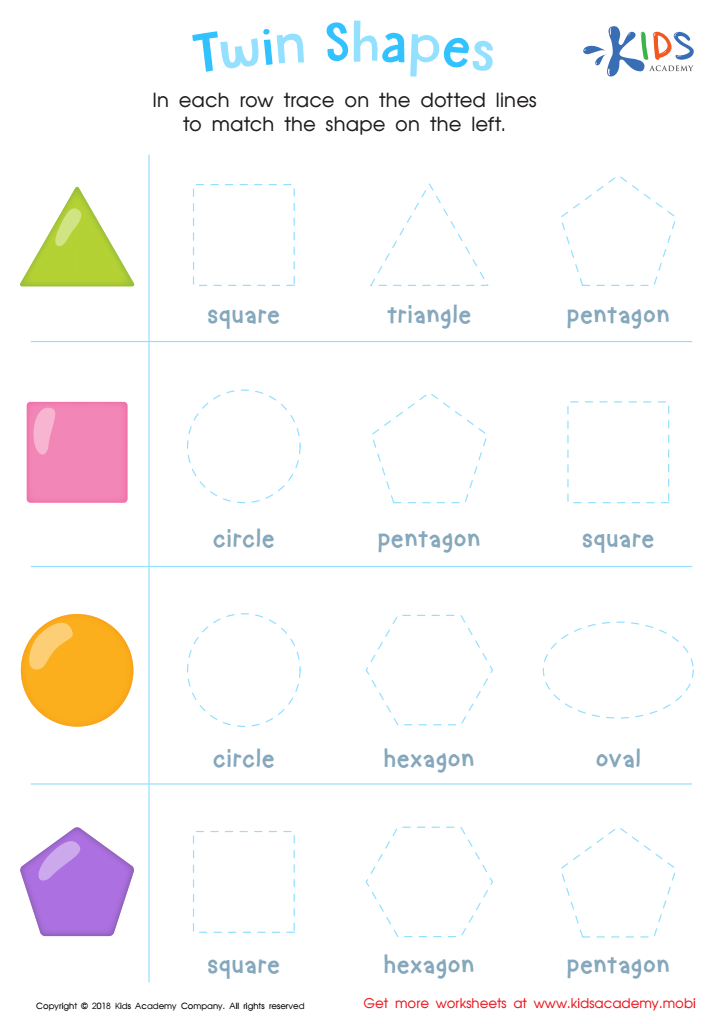

Twin Shapes Dot-to-Dot Worksheet
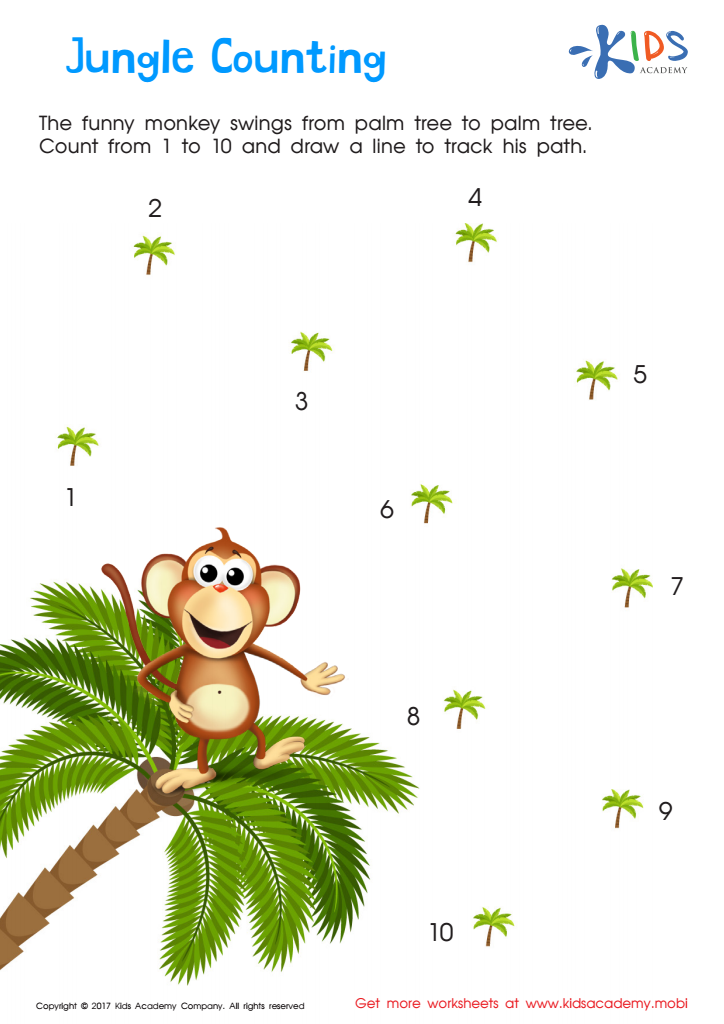

Jungle Counting Connect Dots Worksheet
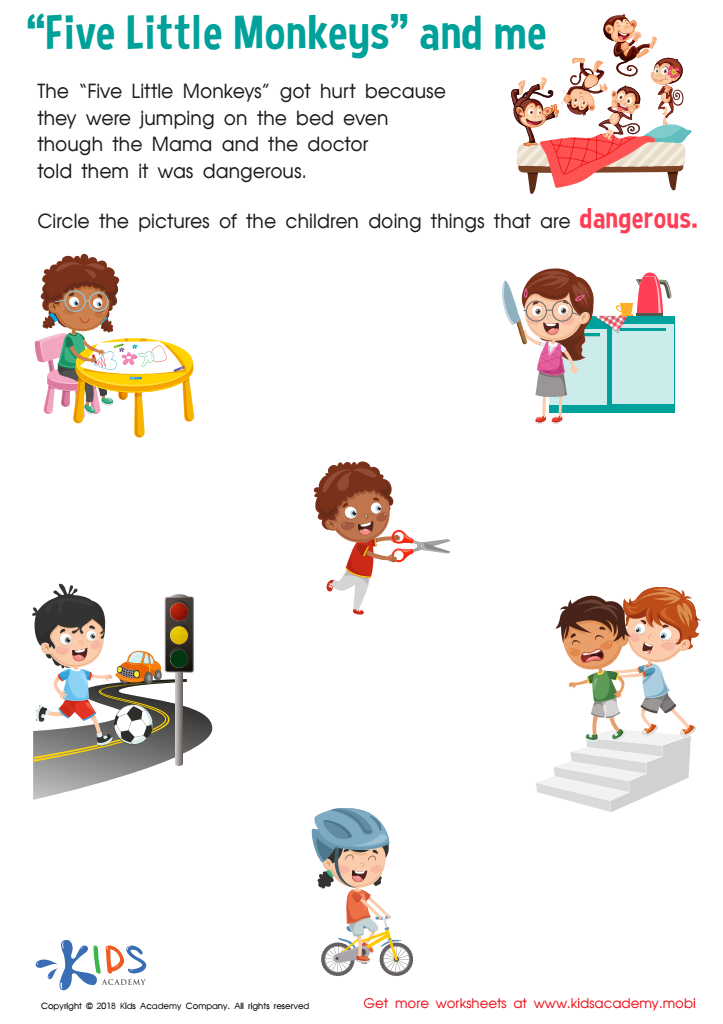

Five Little Monkeys and Me Worksheet
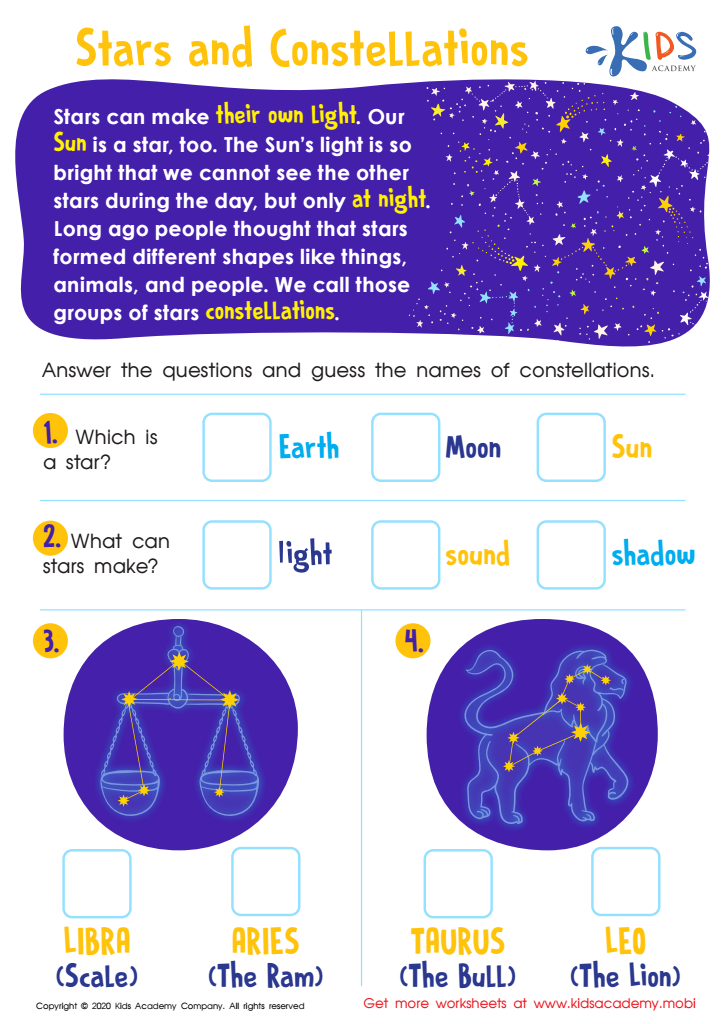

Stars and Constellations Worksheet
Fine motor skills, particularly through drawing, are crucial for children aged 3-6 as they lay the foundational groundwork for various future abilities. These skills involve the coordination of small muscles in the hands and fingers, which are vital for tasks like writing, self-feeding, and buttoning clothes. When parents and teachers prioritize drawing activities, they promote hand-eye coordination, dexterity, and strength in a fun and engaging way.
Drawing also fosters creativity and self-expression, allowing children to share their thoughts and emotions visually. As they manipulate crayons, markers, or paint, they learn about shapes, colors, and spatial relationships, enriching their cognitive development. Furthermore, these activities can improve focus and concentration, skills that are essential for academic success later on.
Involving children in drawing exercises encourages problem-solving and critical thinking, as they figure out how to represent their ideas on paper. Notably, the practice of drawing helps to build confidence; as children see their progress in creating recognizable forms, they develop a sense of accomplishment. Ultimately, supporting fine motor development through drawing is key to nurturing well-rounded growth in young children, equipping them with essential skills for both their academic careers and everyday life.

 Assign to My Students
Assign to My Students

